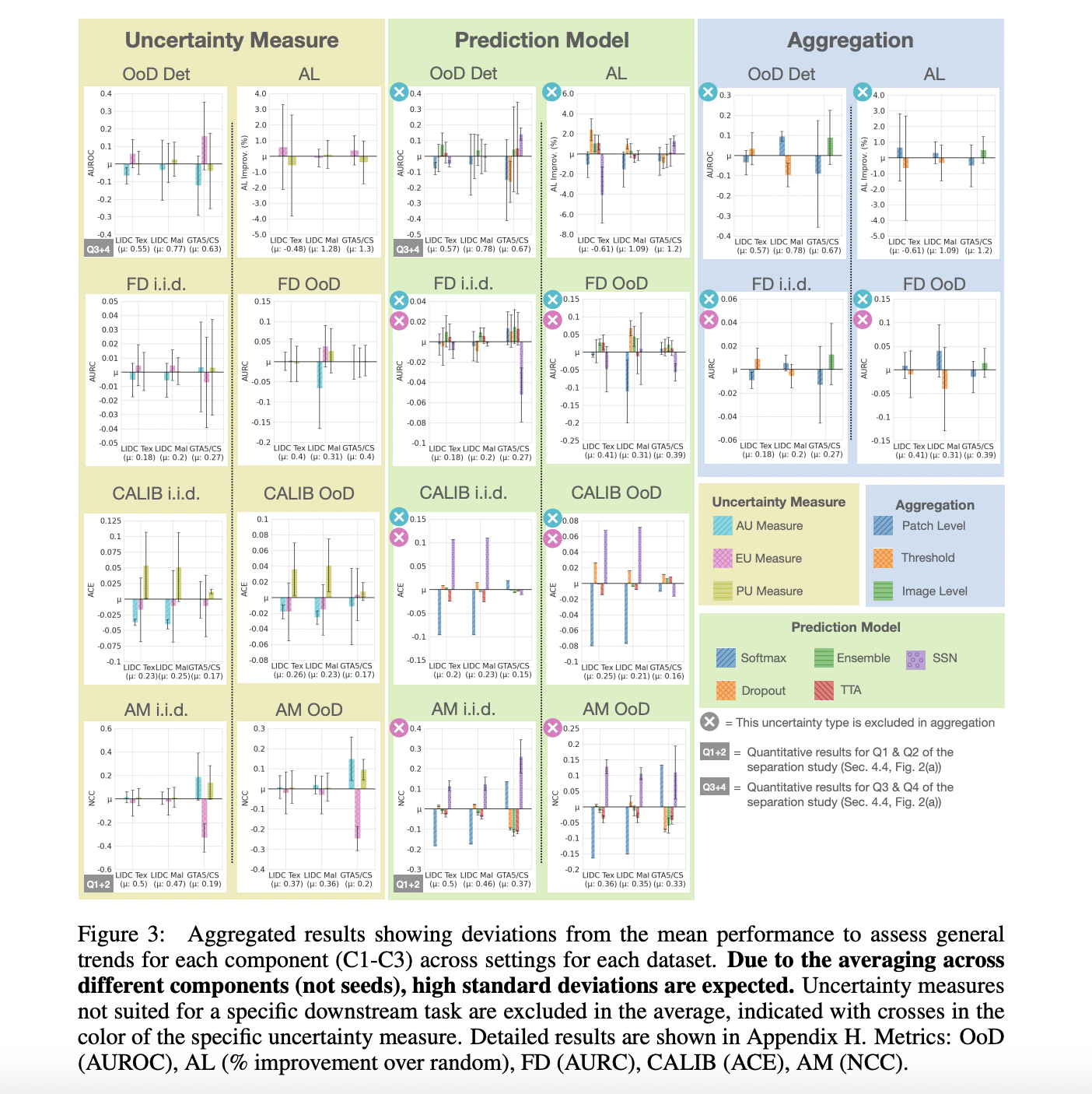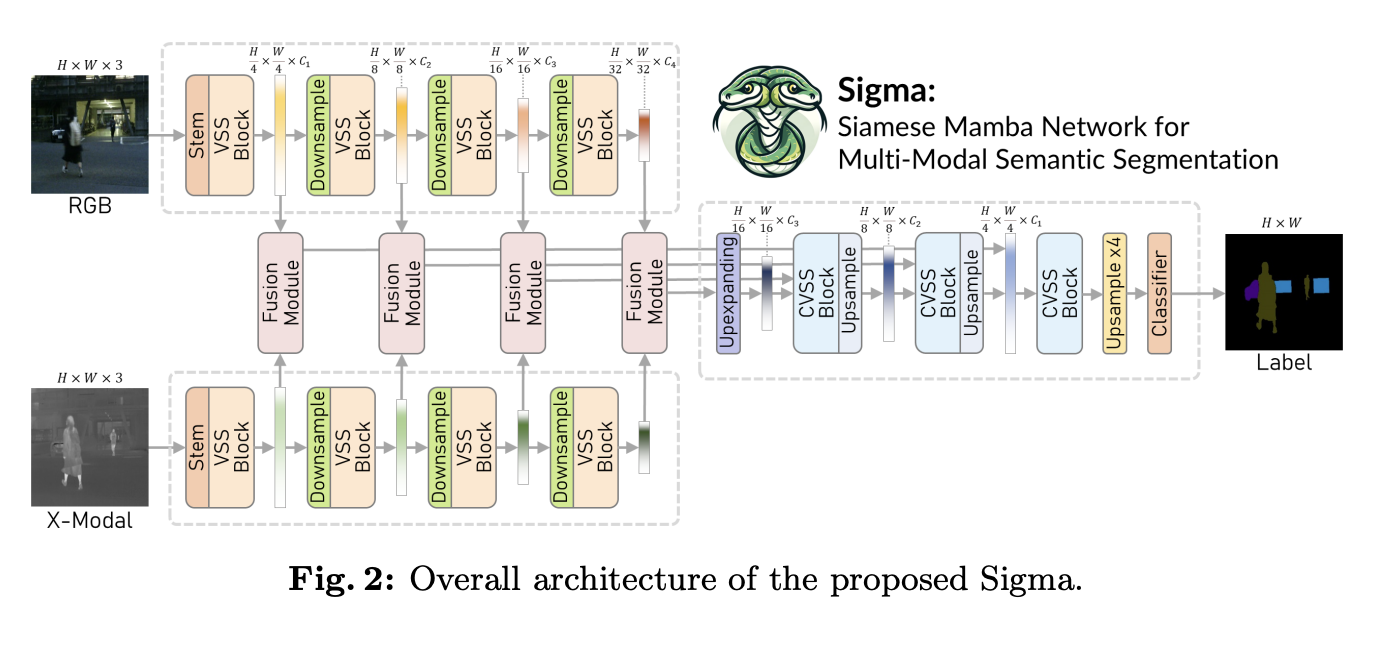Finer control over the visual characteristics and notions represented in a produced picture is typically required by artistic users of text-to-image diffusion models, which is presently not achievable. It can be challenging to accurately modify continuous qualities, such as an individual’s age or the intensity of the weather, using simple text prompts. This constraint makes it difficult for producers to alter images to reflect their vision better. The research team from Northeastern University, Massachusetts Institute of Technology, and an independent researcher respond to these demands in this study by presenting interpretable idea Sliders, which enable fine-grained idea manipulation inside diffusion models. Their approach gives artists high-fidelity control over picture editing and generating. The research team will provide their trained sliders and code as open source. Concept Sliders offers several solutions to issues that other approaches must address adequately.
Many picture properties may be directly controlled by altering the prompt, but because outputs are sensitive to the prompt-seed combination, changing the prompt often significantly changes the overall structure of the image. With post-hoc methods like PromptToPrompt and Pix2Video, one may alter cross-attentions and flip the diffusion process to alter visual notions inside an image. Nevertheless, those approaches can only accommodate a small number of concurrent modifications and need independent inference steps for every new idea. Instead of learning a straightforward, generalizable control, the research team must design a prompt appropriate for a specific image. If not prompted appropriately, it can create conceptual entanglement, such as changing age while changing race.
On the other hand, Concept Sliders offers simple, plug-and-play adapters that are lightweight and can be applied to pre-trained models. This allows for accurate and continuous control over desired concepts in a single inference run, with little entanglement and efficient composition. Every Concept Slider is a diffusion model modification with a low rank. The research team discovers that the low-rank constraint is an essential component of precision control over concepts: low-rank training identifies the minimal concept subspace and produces high-quality, controlled, disentangled editing, whereas finetuning without low-rank regularization reduces precision and generative image quality. This low-rank framework does not apply to post-hoc picture-altering techniques that operate on individual photos instead of model parameters.
Concept Sliders differ from earlier concept editing techniques that rely on a text by enabling the alteration of visual concepts that are not represented by written descriptions. Picture-based model customization techniques are challenging for picture editing, even though the research team can introduce new tokens for novel image-based notions. On the other hand, Notion Sliders lets an artist specify a desired notion with a few paired photos. After that, the Concept Slider will generalize the visual concept and apply it to other images even ones where it would be impossible to articulate the change in words. (see Figure 1) Previous research has shown that other generative picture models, like GANs, include latent regions that offer highly disentangled control over produced outputs.
Specifically, it has been shown that StyleGAN stylespace neurons provide fine-grained control over several significant characteristics of pictures that are challenging to articulate verbally. The study team shows that it is feasible to develop Concept Sliders that transfer latent directions from StyleGAN’s style space trained on FFHQ face photos into diffusion models, further demonstrating the potential of their technique. Interestingly, their approach successfully adapts these latents to offer subtle style control over varied picture production, even if it originates from a face dataset. This demonstrates how diffusion models can express the intricate visual notions in GAN latents, even those without written descriptions.
The researchers show that Concept Sliders’ expressiveness is sufficient to handle two useful applications: improving realism and correcting hand deformities. Even though generative models have made great strides toward producing realistic image synthesis, the most recent diffusion models, like Stable Diffusion XL, are still prone to producing warped faces, floating objects, and distorted perspectives, in addition to distorted hands with anatomically implausible extra or missing fingers. The research team confirms through a perceptual user study that two Concept Sliders, one for “fixed hands” and another for “realistic image,” produce a statistically significant increase in perceived realism without changing the substance of the images.
Concept Sliders may be assembled and disassembled. The research team discovered that creating more than 50 distinct sliders is possible without sacrificing output quality. This adaptability opens up a new world of subtle picture control for artists, enabling them to combine many textual, visual, and GAN-defined Concept Sliders. Their technology enables more complicated editing than text alone can provide since it gets beyond normal prompt token constraints.
Check out the Paper and Project. All credit for this research goes to the researchers of this project. Also, don’t forget to join our 33k+ ML SubReddit, 41k+ Facebook Community, Discord Channel, and Email Newsletter, where we share the latest AI research news, cool AI projects, and more.
If you like our work, you will love our newsletter..
Aneesh Tickoo is a consulting intern at MarktechPost. He is currently pursuing his undergraduate degree in Data Science and Artificial Intelligence from the Indian Institute of Technology(IIT), Bhilai. He spends most of his time working on projects aimed at harnessing the power of machine learning. His research interest is image processing and is passionate about building solutions around it. He loves to connect with people and collaborate on interesting projects.



